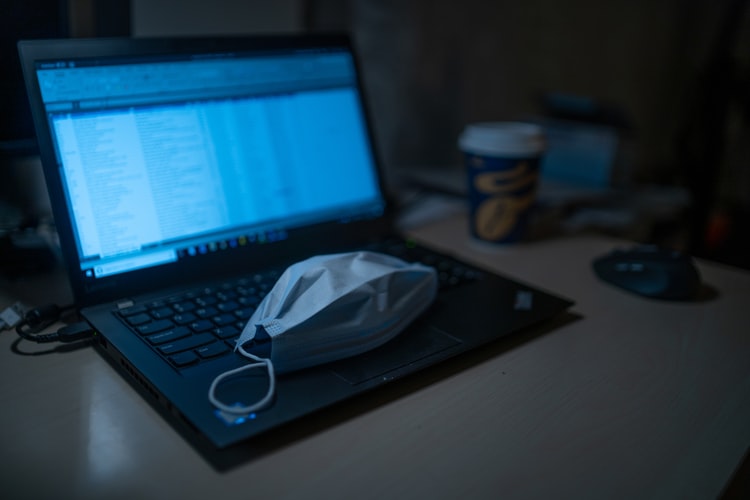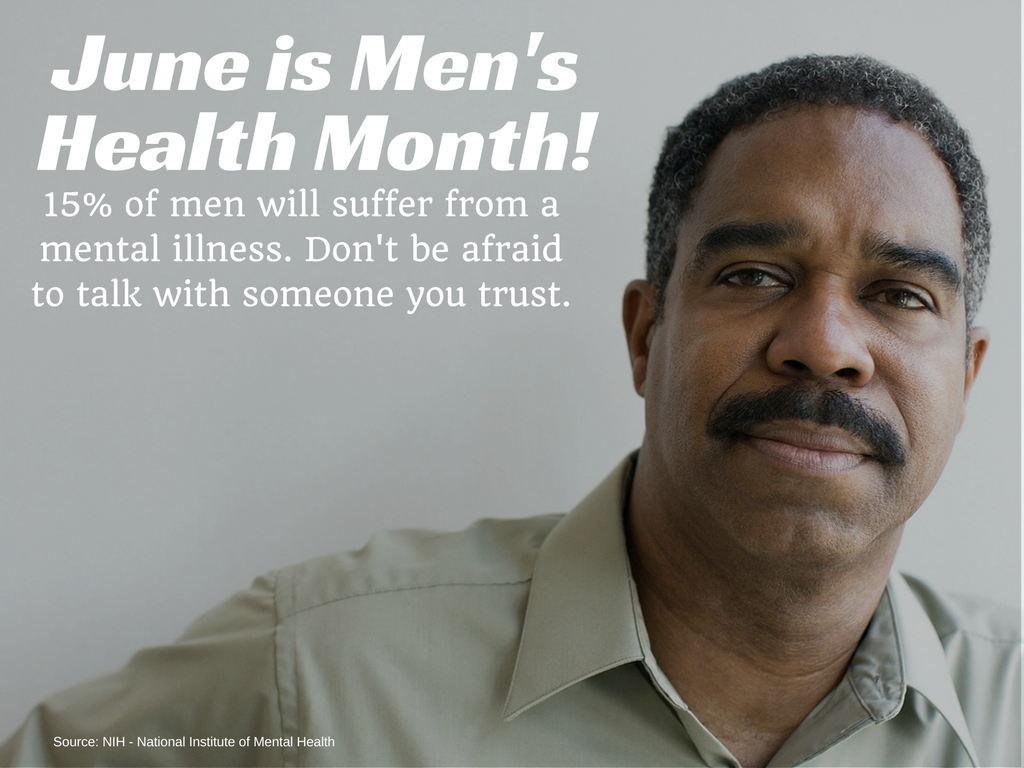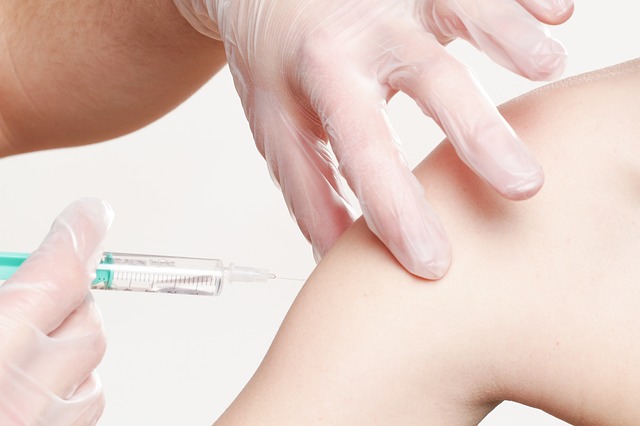Last Updated on October 21, 2024
Health literacy is defined as the degree to which an individual has the capacity to obtain, process, and understand basic health information and services needed to make appropriate health decisions. Being able to disseminate health information allows people to navigate the healthcare system, keep track of their medical history, competently engage in self-care, and understand the probability of health risks.
Health literacy is the main form of defense against the growing misinformation prevalent in our society. Knowledge of the facts is key to combat the influence of those who would fly in the face of medical and scientific studies on subjects such as vaccinations or family planning services. Dangerous pseudoscience can be avoided, saving individuals money and suffering at the hands of those who either don’t know or don’t care. Despite this, only 12% of adults have “Proficient” health literacy. This means nearly nine out of ten American adults may lack the knowledge necessary to manage their health and prevent disease. Populations most likely to experience low health literacy are the elderly, racial and ethnic minorities, people with less than a high school-equivalent education, people with low-income, non-native English speakers, and individuals with compromised health status.
The importance of health literacy has changed dramatically during the COVID-19 pandemic. For almost two years, the novel coronavirus has been one of the greatest challenges for healthcare systems globally. For any search online, there is an abundance of information and misinformation about COVID-19 that has led to the spread of fear and panic among the public more swiftly than the virus itself. Health literacy is a focal matter to slowing down the spread of the virus and prevention of the disease, as well as the preparedness of healthcare systems in dealing with the disease for situations that require rapid reaction. There has been increased vaccine hesitancy, resistance to mitigation measures such as masks, and support of unproven or altogether debunked treatments/preventatives — embracing widespread fake news and false claims from social media over public health.
The primary responsibility of improving health literacy lies with ourselves, along with health officials and the healthcare and public health systems. However, there are barriers to public health that make health literacy less accessible to many. Guidelines set by the CDC, the American Medical Association, and the National Institutes of Health prescribe medical content for the public to be written at an eighth-grade reading level or lower. Recently, 137 federal and state web pages with pandemic education intended for a general audience were reviewed. The review found that government sources of COVID-19 information were written at just above an 11th-grade reading level — making the material too complex for many readers. The communities who struggle the most with written content are being given the most complex information, making it virtually impossible for them to get the answers they need during the pandemic. By contrast, harmful misinformation is often compelling and easy to access — especially if they already agree with certain established positions that leave them susceptible to further disinformation.
NeedyMeds has Disease Information Pages to help individuals learn about conditions that they or a loved one have been diagnosed with. Many of our Disease Information Pages are co-sponsored by partner organizations, offering their expertise to the information we offer and ensuring accurate and up-to-date resources for the diagnoses they focus on. We list free and low-cost clinics, some of which offer health education services. Search your ZIP code for locations near you that offer Health Education under the Details column. NeedyMeds also has an easy-to-understand Patient Education Booklet that explains resources that can help save money on healthcare expenses. You can order a copy through our Subscription Center or download a copy.





